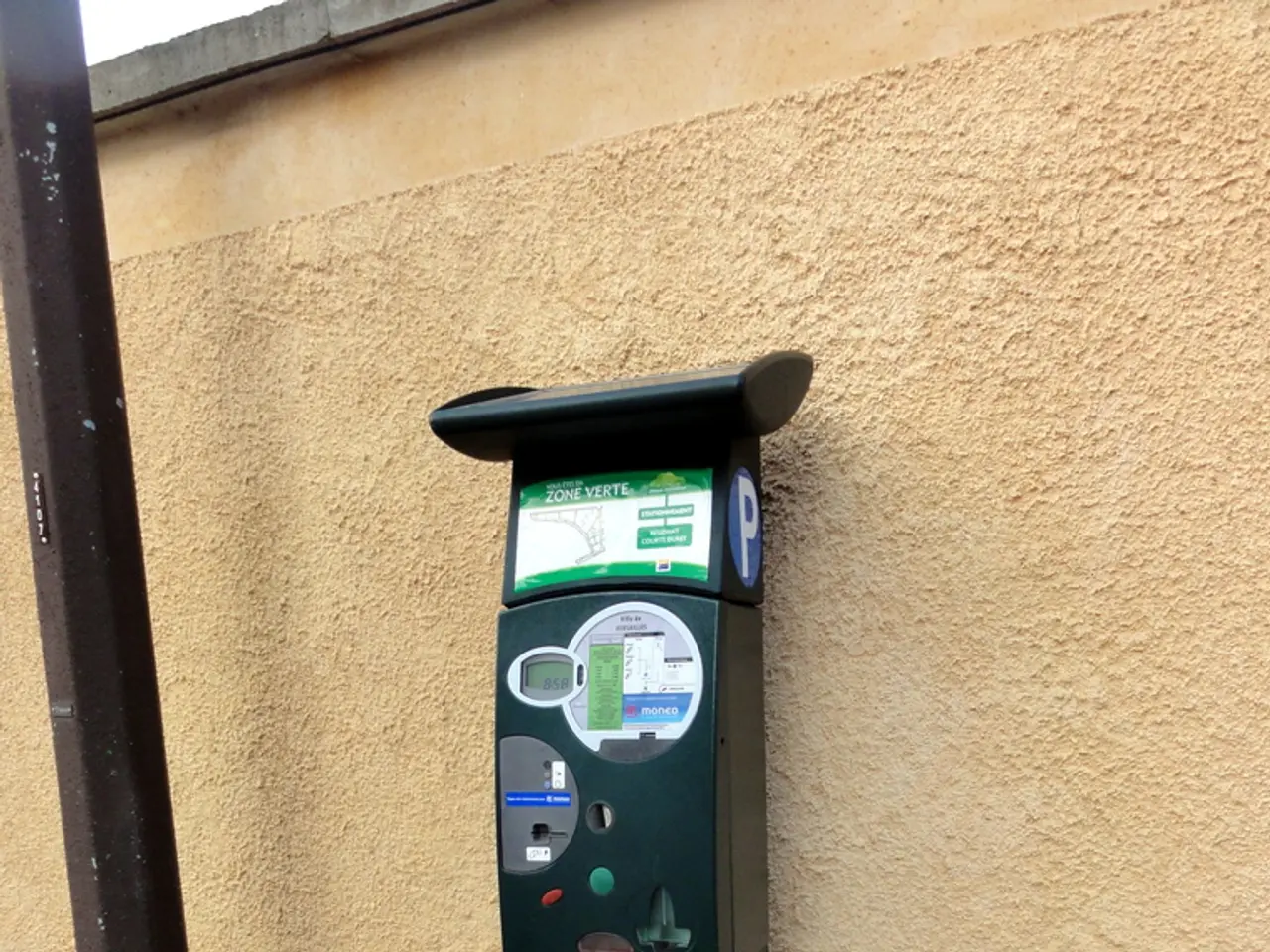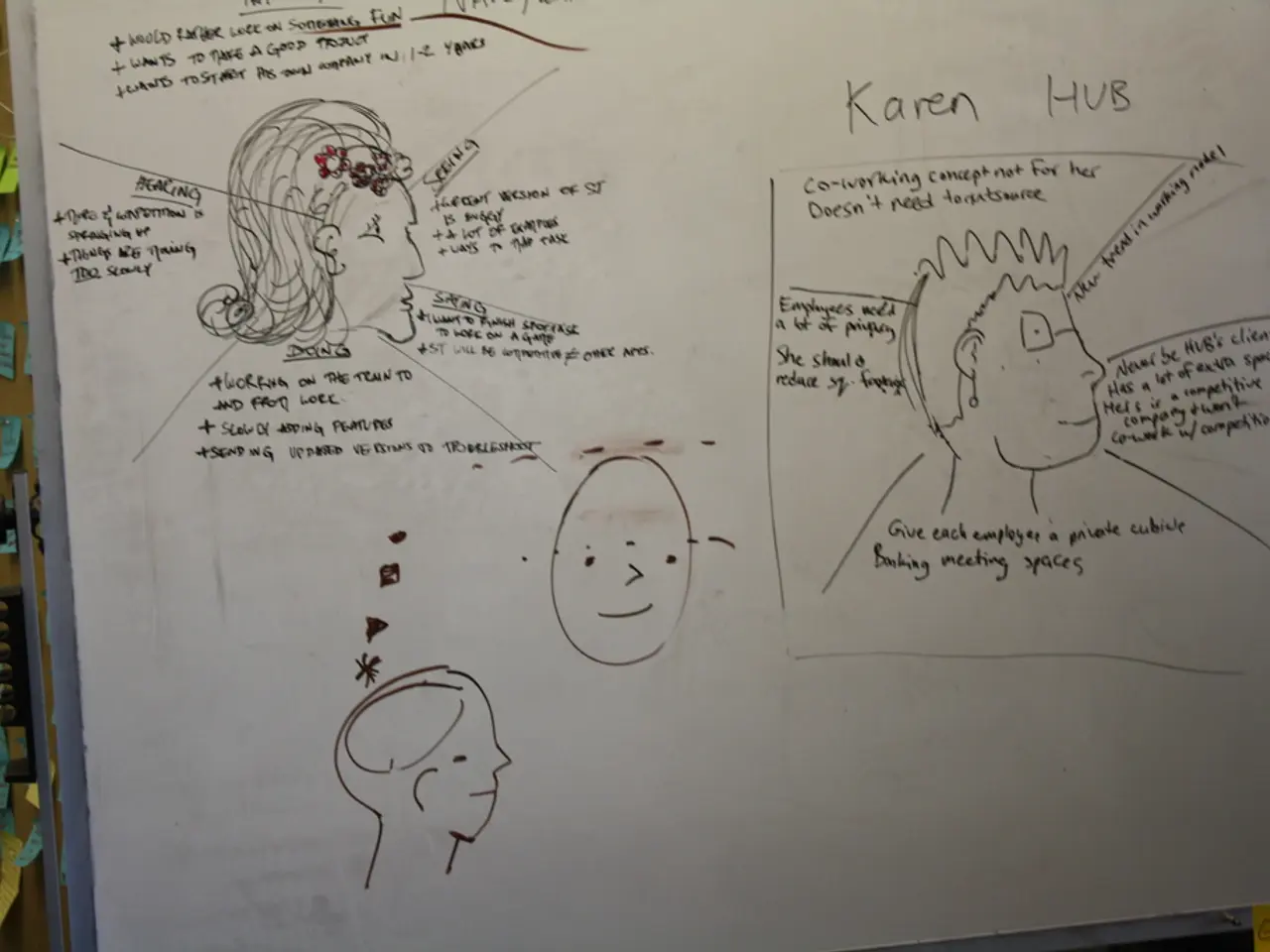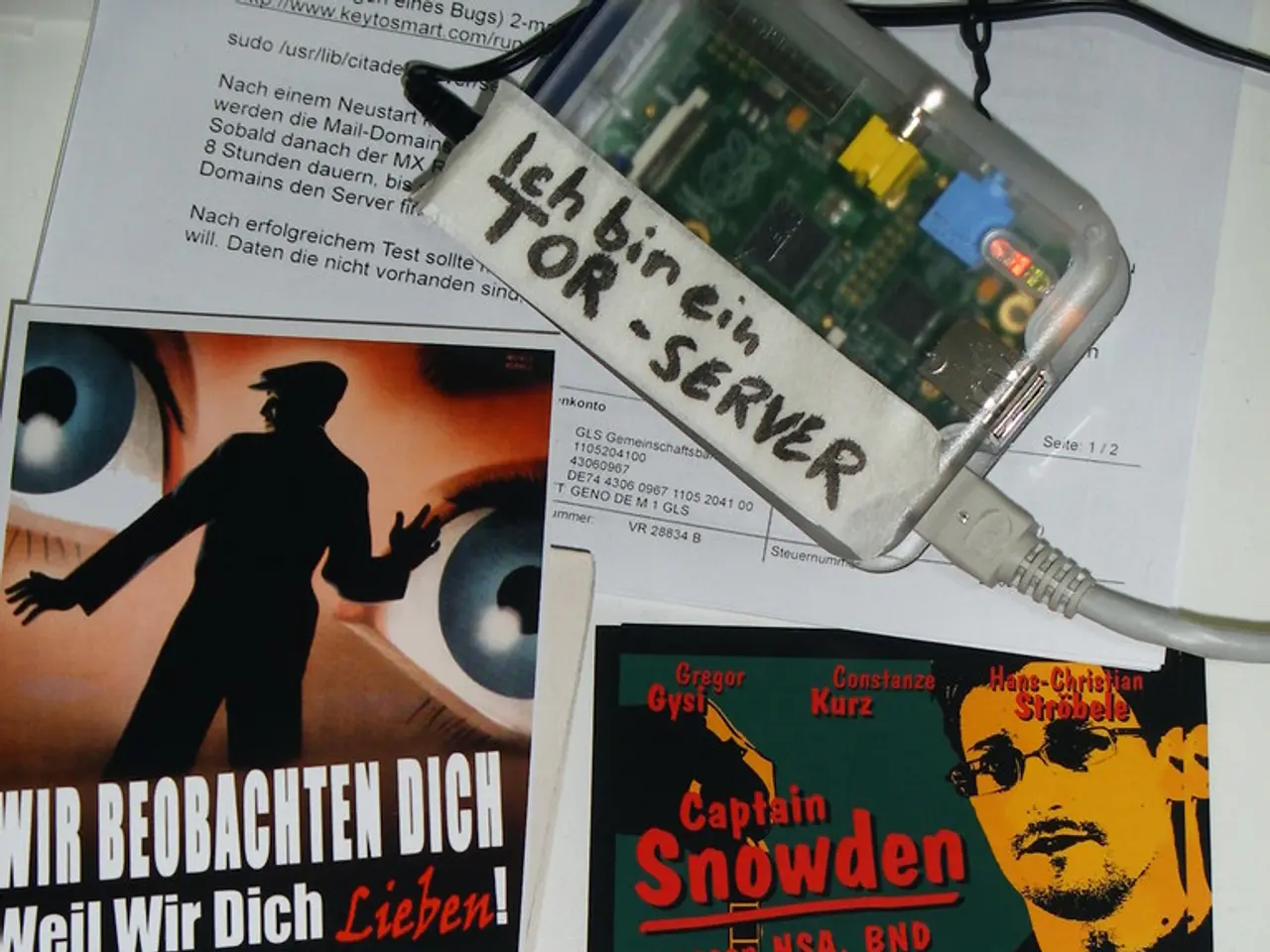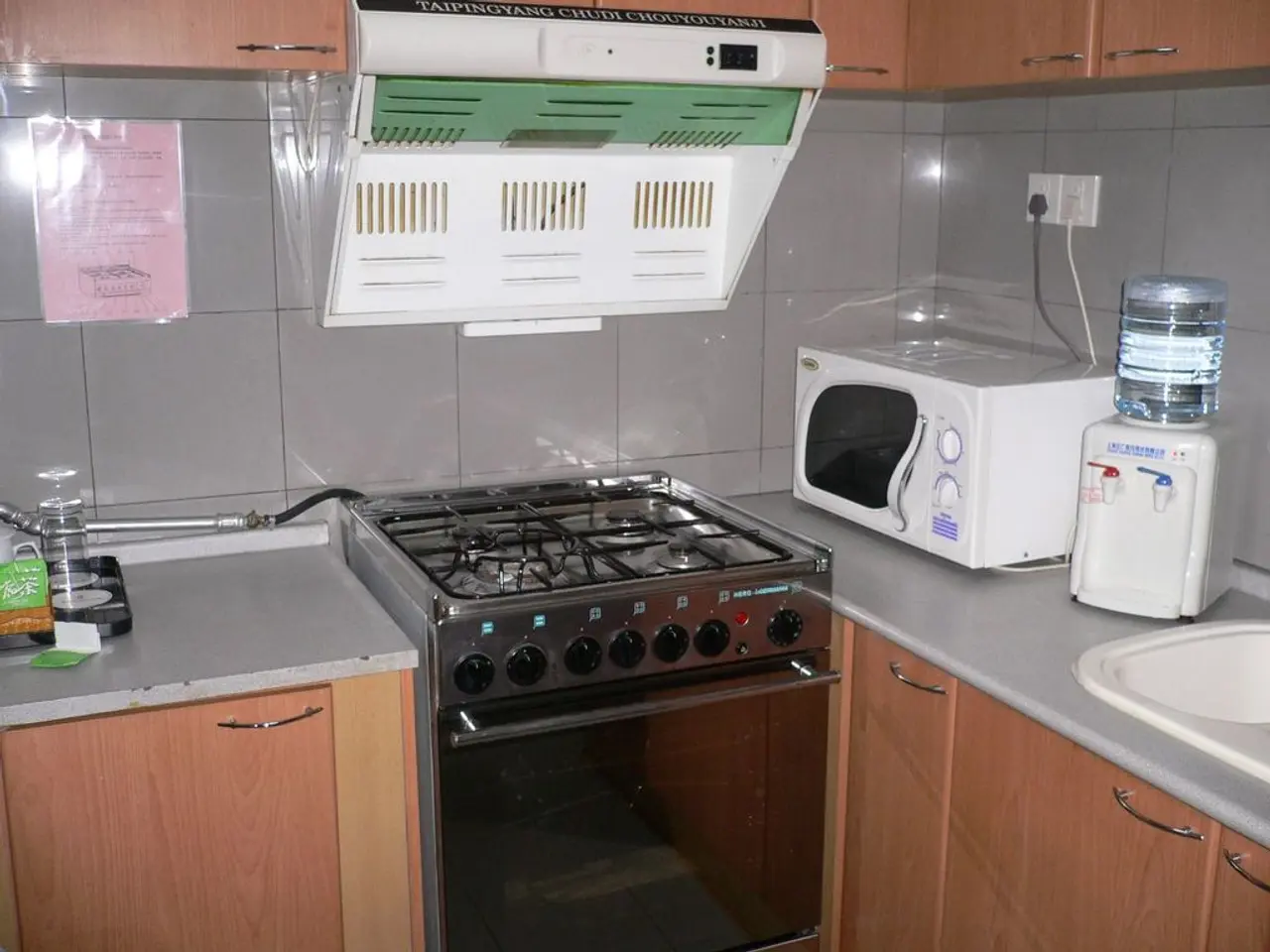Tesla Introduces Virtual Queuing Systems at Supercharger Stations for Electric Vehicles
In a significant move towards enhancing user experience and network efficiency, Tesla is introducing a virtual queuing system for its Supercharger network. This innovative feature aims to manage waiting times and the order of charging, thus preventing confusion and unfair line-cutting at busy charging stations.
The system works by digitally informing Tesla drivers of their exact position in the charging queue through their vehicle's in-car software. This allows drivers to know when it is their turn to plug in, effectively simulating a "take a number" system but virtually and automatically managed within the Tesla ecosystem.
When a Supercharger station is in use by multiple vehicles, Tesla's system tracks the order in which cars arrived. Drivers receive updates about their queue position in real-time through the vehicle’s interface. The system notifies drivers when their charge slot is approaching, so they can be ready to plug in promptly.
This new system offers several benefits. By clearly showing queue positions, it reduces conflicts and confusion among drivers regarding who is next. Tesla drivers can wait without needing to physically stand by the charger, reducing stress and inconvenience. The system also ensures that charging spots are allocated based on arrival time rather than physical presence or aggressive behaviour.
As Tesla’s Supercharger network opens to other manufacturers and grows busier, managing wait times becomes increasingly important. The virtual queuing system could represent a meaningful upgrade for Supercharger users who experience delays.
Tesla has started internal testing of this virtual queue system and plans to roll it out publicly at select sites soon. The feature is designed to reduce wait times and eliminate the need for drivers to physically idle near chargers. If successful, Tesla plans to expand the feature across more sites later this year.
The expansion of the virtual queuing system could be a welcome development for Tesla users, particularly during busy travel seasons. The 2023 study from the U.S. National Renewable Energy Laboratory (NREL) supports the use of virtual queuing for EV charging.
Max de Zegher, Tesla's Global Director of Charging, confirmed that the company is currently pressure testing virtual queuing. Public pilots for the virtual queuing system are expected to follow the internal testing.
Tesla drivers are encouraged to share their thoughts on the potential virtual queuing system in the comments below. The feature's success could mark a significant step forward in improving the charging experience for electric vehicle users worldwide.
- This virtual queuing system, being implemented by Tesla for their Supercharger network, is not only designed to manage waiting times efficiently, but also to promote fairness by prioritizing cars based on their arrival time, even if they are electric vehicles like Tesla's.
- As technology advances and lifestyles become increasingly dependent on electric-vehicles, the introduction of a virtual queuing system for charging stations could revolutionize the EV charging experience, ensuring a smooth and stress-free lifestyle for drivers in the future.




